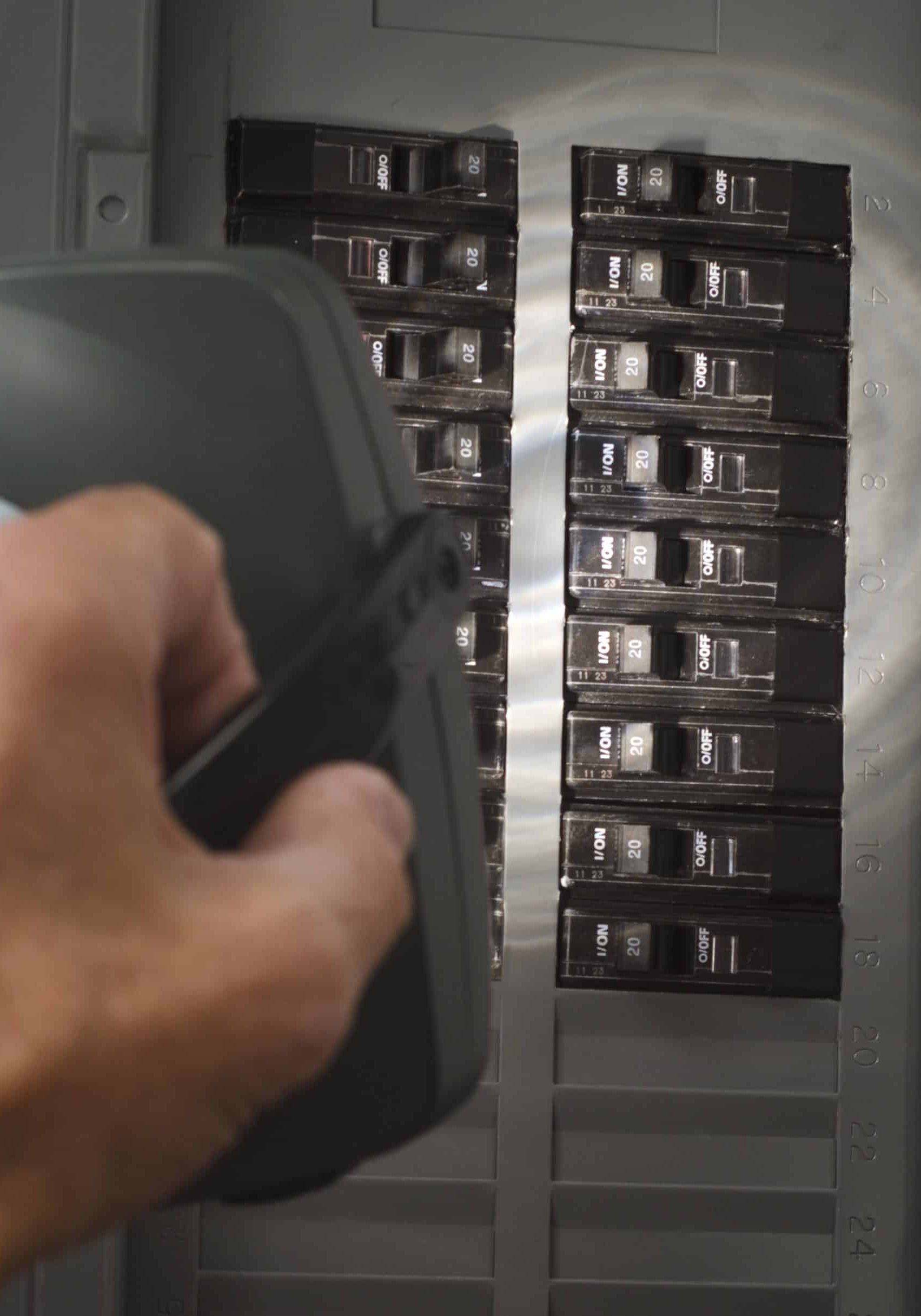In the quest for energy efficiency and sustainability, we often focus on visible sources of power consumption like lights, appliances, and electronics. However, hiding in the shadows of our homes and workplaces are phantom electrical loads, stealthy culprits silently siphoning off energy and inflating our utility bills. Understanding and addressing these elusive loads is crucial for maximizing energy efficiency and minimizing environmental impact.
What are Phantom Electrical Loads?
Phantom electrical loads, also known as standby power or vampire power, refer to the energy consumed by devices when they are plugged in but not in use or on standby mode. While these devices may appear dormant, they continue to draw power from the grid, contributing to unnecessary energy waste. Common examples include:
Electronics: Devices like televisions, computers, game consoles, and printers often consume power even when turned off, thanks to features like standby modes, remote control sensors, or internal clocks.
Chargers: Chargers for smartphones, laptops, and other gadgets draw power even when not actively charging a device if left plugged into an outlet.
Appliances: Certain appliances like microwaves, coffee makers, and programmable thermostats may continue to consume power to maintain settings or display information.
Miscellaneous: Other devices such as power strips, cable boxes, and audio equipment can also contribute to phantom loads.
The Impact of Phantom Loads
While individual phantom loads may seem insignificant, their collective impact is substantial. According to the U.S. Department of Energy, standby power accounts for about 5% to 10% of residential electricity use in the United States, amounting to billions of dollars in wasted energy costs annually. Moreover, the environmental consequences, including increased greenhouse gas emissions from power generation, cannot be overlooked.
Addressing Phantom Electrical Loads
Fortunately, several strategies can help mitigate phantom electrical loads and promote energy efficiency:
Unplug: The simplest solution is to unplug devices when not in use, particularly those that are rarely used or easily accessible. This prevents them from drawing standby power.
Power Strips: Utilize smart power strips or surge protectors with built-in timers or occupancy sensors to automatically cut power to connected devices when they are not in use.
Energy-Efficient Products: Choose energy-efficient appliances and electronics certified by programs like ENERGY STAR, which typically consume less standby power.
Settings and Timers: Take advantage of energy-saving settings and timers on devices whenever possible to minimize standby power consumption.
Education and Awareness: Raise awareness among household members or colleagues about the presence and impact of phantom loads, encouraging mindful energy habits.
Technology Solutions: Explore advanced technologies such as smart plugs, home energy monitors, and automation systems that provide insights into energy usage and enable remote control of devices.
Phantom electrical loads represent a hidden challenge in the pursuit of energy efficiency and sustainability. By identifying and addressing these unseen sources of power consumption, individuals and organizations can reduce waste, lower energy bills, and lessen their environmental footprint. Through a combination of awareness, education, and technology-driven solutions, we can unmask phantom loads and pave the way towards a cleaner, more efficient energy future.
Have questions or need assistance? Reach out to us. We’re here to empower you with safe and clean energy solutions! Questions? Give us a call 204-306-2121.

A tripped circuit might seem like a minor hiccup in your day, but it's essential to address the underlying cause promptly and professionally.
With Clean Energy Electrical Group Ltd., you're in safe and competent hands. Remember, it's not just about restoring power; it's about ensuring that your space is safe and efficient.



